Unlocking Precision: How Water Jet Cutting Systems Revolutionize Metal Fabrication with 0.005-Inch Accuracy
In the realm of metal fabrication, precision has become a paramount concern, driving innovations across the industry. The adoption of water jet cutting systems has significantly changed the landscape, offering astonishing accuracy of up to 0.005 inches, as highlighted in a recent industry report from MarketsandMarkets, which predicts the global water jet cutting market will reach USD 2.3 billion by 2026, with a compound annual growth rate (CAGR) of 6.8% from 2021 to 2026. This technology not only enhances cutting precision but also enables operations to handle a diverse range of materials—from metals to composites—without compromising quality. As manufacturers increasingly seek ways to improve efficiency and reduce waste, the integration of state-of-the-art water jet cutting systems is not just a trend but a necessary evolution, fostering a new era of precision in metal fabrication.

The Evolution of Water Jet Cutting Technology in Metal Fabrication
The evolution of water jet cutting technology marks a significant breakthrough in the realm of metal fabrication. Originally developed in the 1960s, early water jet systems utilized low-pressure water streams for cutting soft materials. However, advancements in technology rapidly transformed these systems, enabling the use of high-pressure water jets that can easily slice through various metals with remarkable precision. Today, water jet cutting machines are capable of achieving 0.005-inch accuracy, which is crucial for intricate designs and tight tolerances in metal fabrication.
One of the standout features of modern water jet cutting technology is its versatility. Unlike traditional cutting methods, which can cause thermal alterations to materials, water jet cutting uses a cold cutting process that maintains the integrity of the metal. This means that delicate components and complex shapes can be created without compromising the material properties. Furthermore, the ability to cut multiple materials simultaneously, including composites, glass, and ceramics, has positioned water jet systems as a vital tool in diverse industrial applications, from aerospace to automotive manufacturing. As the technology continues to advance, it is expected to further revolutionize the way metal is fabricated, pushing the boundaries of creativity and efficiency in design.
Achieving Unmatched Precision: The Science Behind 0.005-Inch Accuracy
Water jet cutting technology has emerged as a game-changer in the metal fabrication industry, primarily due to its remarkable precision capabilities. The achievement of 0.005-inch accuracy can be attributed to several scientific principles that govern the cutting process. Water jet systems employ a high-pressure stream of water mixed with abrasive materials, allowing for the cutting of various substrates with minimal thermal distortion. This is crucial for maintaining the integrity of the material, as traditional cutting methods often introduce heat-related deformities.
The precision associated with water jet cutting is also enhanced by advanced nozzle designs and computer numerical control (CNC) technology. These systems allow for intricate programming, resulting in exact cutting paths that maximize efficiency while minimizing waste. The fine control over the water stream enables manufacturers to achieve complex shapes and tight tolerances, making it an ideal solution for industries requiring intricate designs and flawless finishes. As a result, water jet cutting systems have become indispensable in applications ranging from aerospace to automotive engineering, where accuracy is paramount.
Advantages of Water Jet Cutting Over Traditional Methods in Metalwork
Water jet cutting technology offers significant advantages over traditional metalworking methods, primarily due to its precision and versatility. Traditional cutting techniques, such as sawing or plasma cutting, often produce rough edges and may require additional finishing processes. In contrast, water jet cutting systems achieve remarkable accuracy, capable of cutting materials to an astonishing 0.005-inch tolerance. This level of precision not only reduces wastage but also minimizes the need for post-processing, saving both time and resources.
Moreover, water jet cutting is adept at handling a wide variety of materials, including metals, plastics, and glass. This adaptability makes it an invaluable tool in industries that require complex designs and intricate shapes. Unlike traditional methods that may become hindered by material thickness or density, water jet systems maintain consistent quality regardless of material type. As a result, manufacturers can work seamlessly on a diverse range of projects, enhancing productivity and creative possibilities in metal fabrication.
Advantages of Water Jet Cutting Over Traditional Methods in Metalwork
This chart illustrates the advantages of water jet cutting compared to traditional metal fabrication methods, showcasing key areas such as cutting speed, material versatility, edge quality, heat affected zone, and waste production.
Essential Tips for Implementing Water Jet Technology in Your Workshop
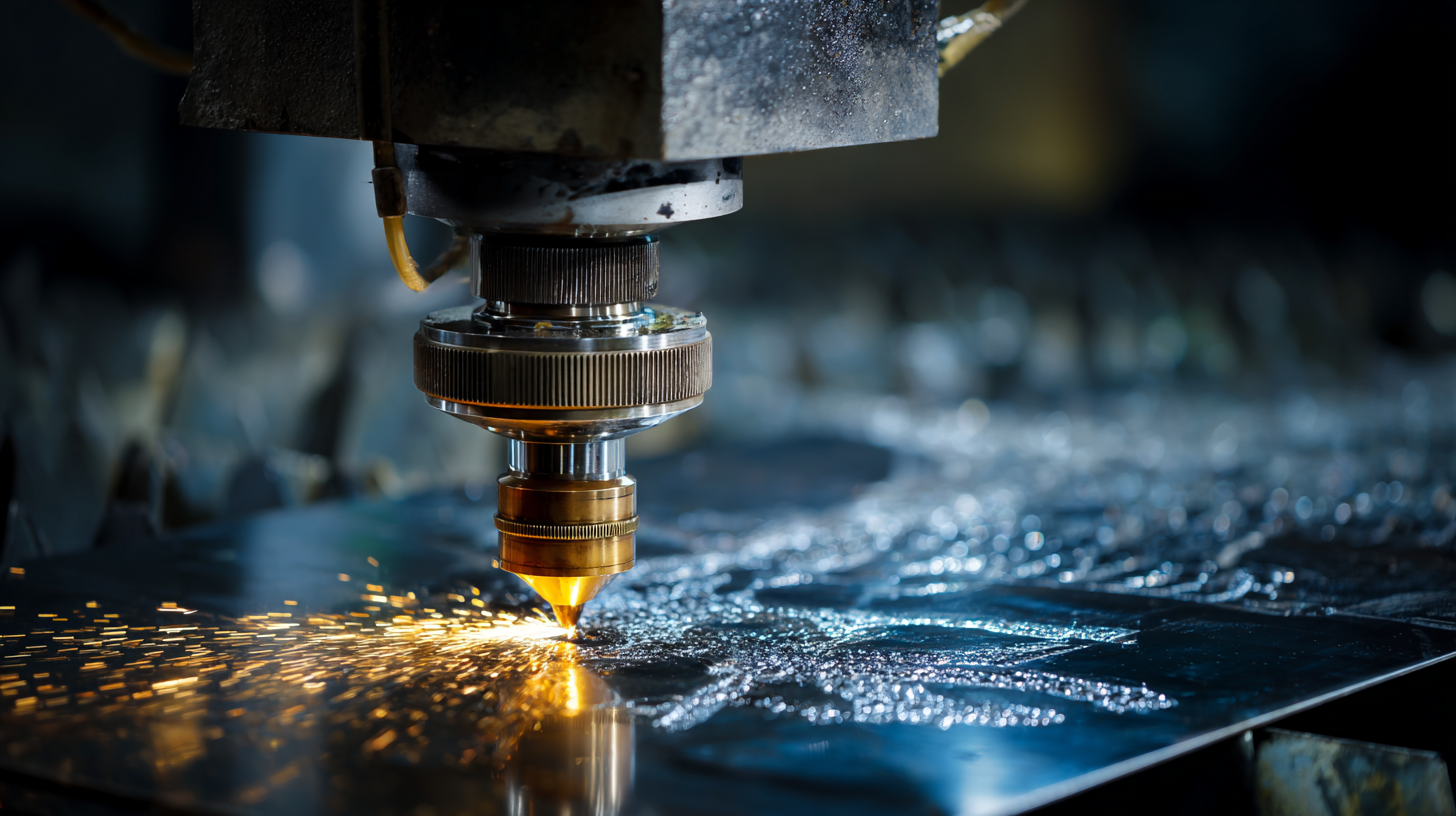 Implementing water jet technology in your workshop can significantly enhance precision and efficiency in metal fabrication. Achieving an impressive accuracy of 0.005 inches is no small feat, and knowing how to properly integrate this cutting-edge system into your production line is essential.
Start by evaluating your current equipment and determining the specific needs of your projects. This may require investing in suitable water jet machinery that can handle the material types and thicknesses you typically work with.
Implementing water jet technology in your workshop can significantly enhance precision and efficiency in metal fabrication. Achieving an impressive accuracy of 0.005 inches is no small feat, and knowing how to properly integrate this cutting-edge system into your production line is essential.
Start by evaluating your current equipment and determining the specific needs of your projects. This may require investing in suitable water jet machinery that can handle the material types and thicknesses you typically work with.
Additionally, training your workforce is paramount. Ensure that your team understands both the operational and safety aspects of water jet cutting systems. Regular workshops and hands-on training sessions are vital for familiarizing staff with the technology and maximizing its potential.
Don't overlook the importance of routine maintenance and consistent quality checks to avoid downtime and maintain cutting precision. By focusing on these essential tips, you can unlock the full benefits of water jet technology, setting your workshop apart in the ever-evolving landscape of metal fabrication.
Future Trends: How Water Jet Systems are Shaping the Metal Fabrication Industry
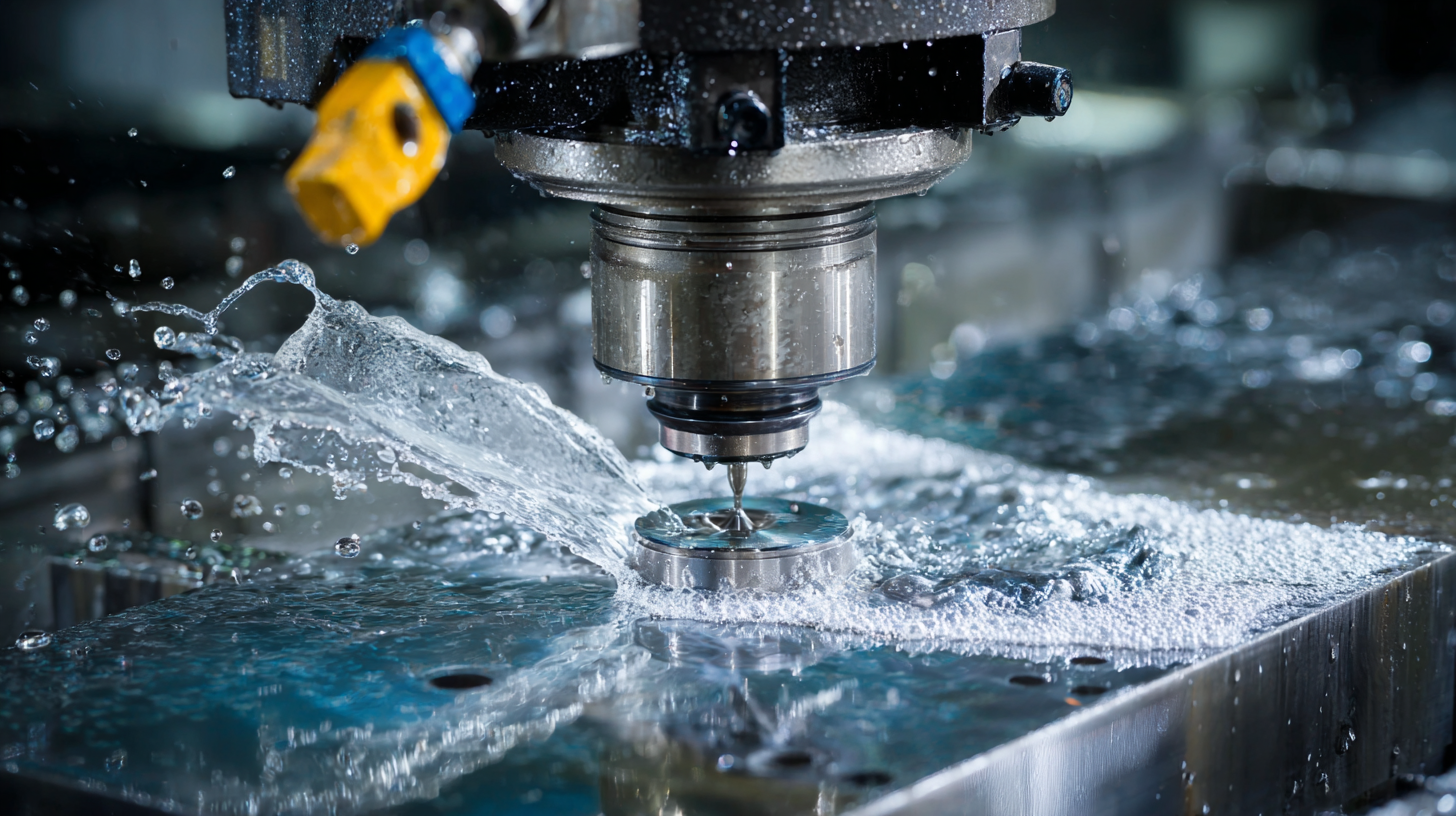 Water jet cutting systems are at the forefront of revolutionizing the metal fabrication industry, particularly due to their remarkable precision of up to 0.005 inches. This level of accuracy enables manufacturers to produce intricate designs and components with minimal material waste, leading to significant cost savings and improved efficiency. As industries increasingly adopt water jet technology, we can expect a wave of innovation and enhanced competitiveness across sectors such as aerospace and automotive, where precision is paramount.
Water jet cutting systems are at the forefront of revolutionizing the metal fabrication industry, particularly due to their remarkable precision of up to 0.005 inches. This level of accuracy enables manufacturers to produce intricate designs and components with minimal material waste, leading to significant cost savings and improved efficiency. As industries increasingly adopt water jet technology, we can expect a wave of innovation and enhanced competitiveness across sectors such as aerospace and automotive, where precision is paramount.
Looking ahead, the metal fabrication landscape is shaped by emerging trends that highlight the integration of advanced technologies in conjunction with water jet systems. The expansion of the waterjet cutting machine consumables market reflects a broader shift towards industrial modernization. Innovations from events like FABTECH 2025 showcase how the synergy of various technologies will redefine welding and cutting methods. As the adoption of water jet systems becomes more extensive, we can anticipate not only improved fabrication processes but also a catalyst for growth within the entire industry ecosystem, setting the stage for future advancements and quality standards.
Related Posts
-
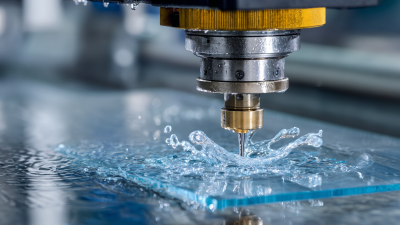
Maximize Precision and Efficiency with Local Water Jet Cutting: The Future of Material Processing
-
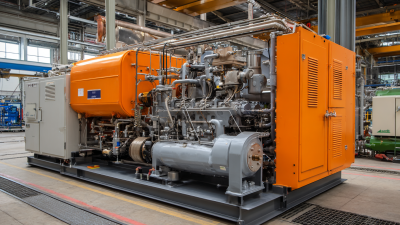
Understanding the Benefits of Water Jet Cutting Machines in Modern Manufacturing
-
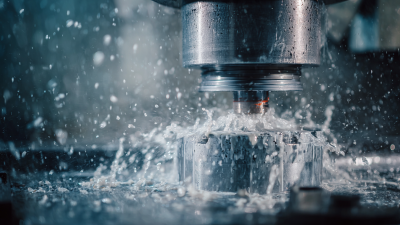
The Future of Cutting Technologies Exploring the Benefits of Water Jet Abrasive Systems
-

Exploring the Benefits of Water Jet Cutting for Precision Stainless Steel Fabrication
-

The Ultimate Guide to Understanding Lift Docks and Their Importance in Modern Logistics
-

Understanding the Benefits of Jet Cut Technology in Modern Manufacturing

